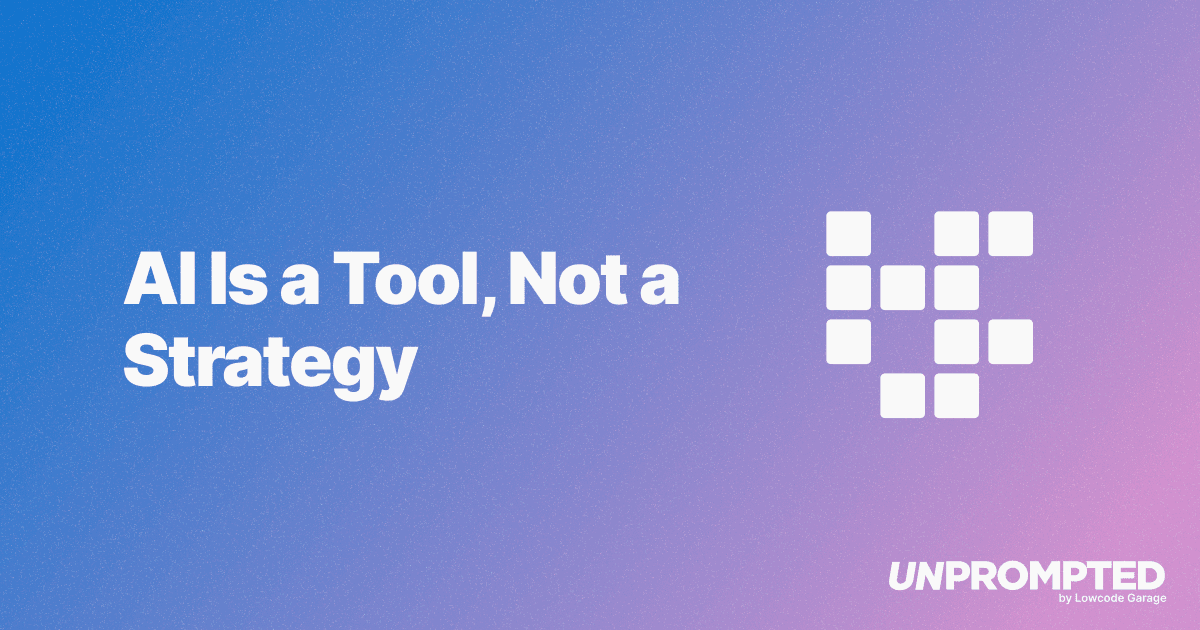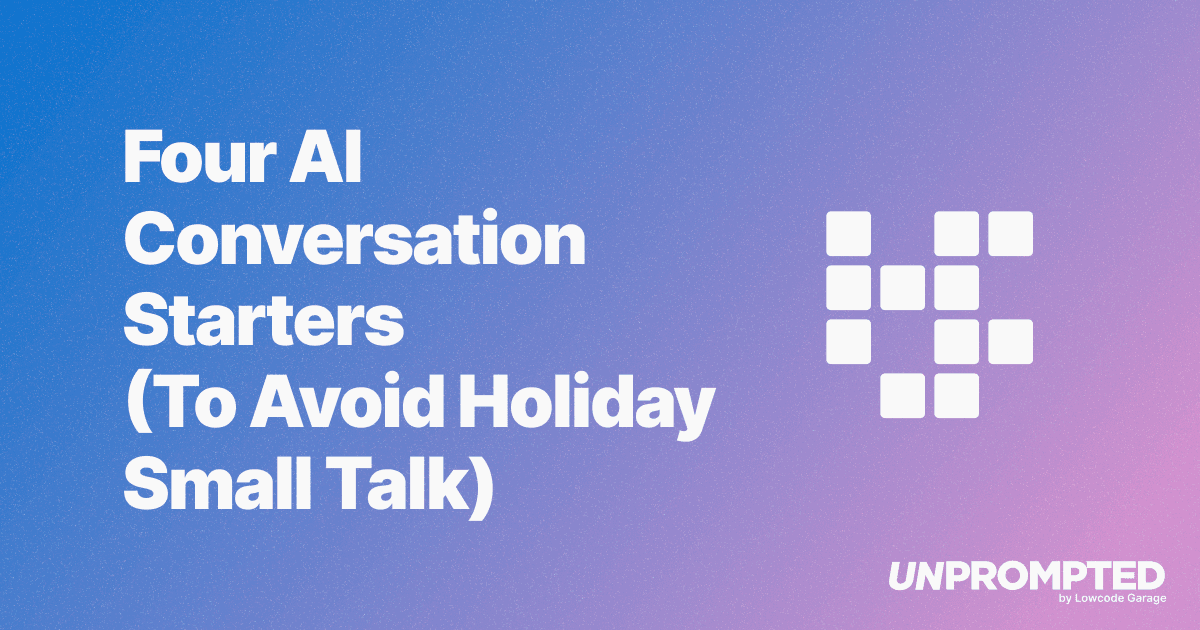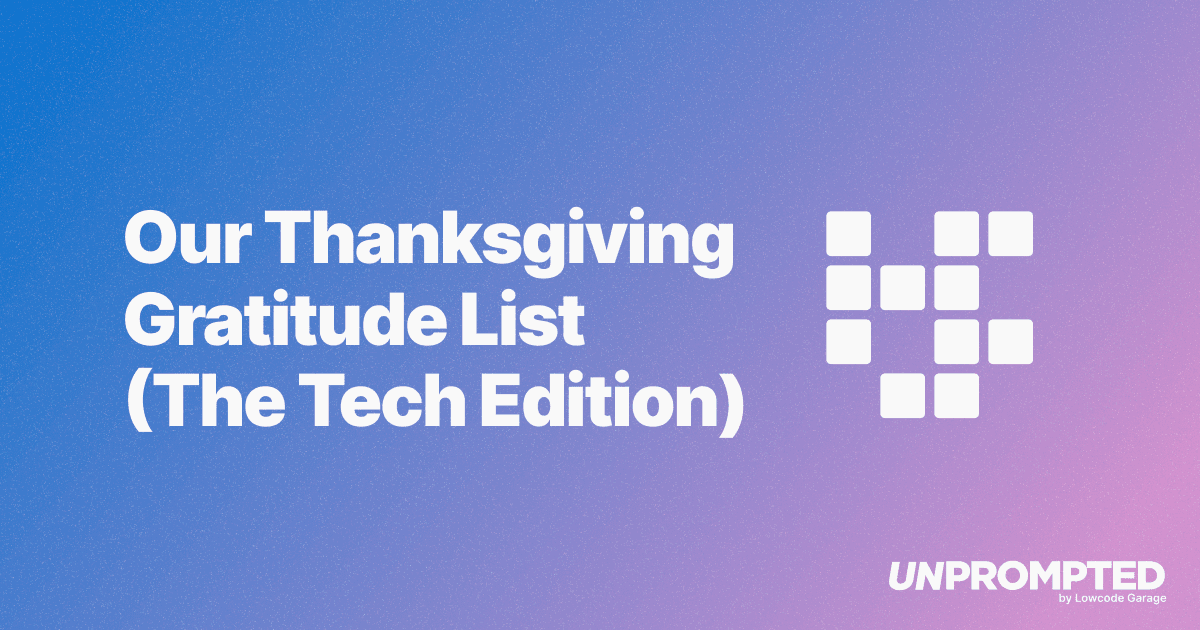From $0 to $80M: 5 Must-Know Lessons for Founders Building AI Startups
Discover the 5 key lessons that helped Base44's Maor Shlomo build an $80M AI startup in just 6 months, with no team, no ad budget, and no traditional playbook.
In just six months, Base44 went from an idea to an $80M-valued company—launched by solo founder Maor Shlomo, with no team, no ad budget, and no traditional startup playbook.
On a recent episode of Lenny's Podcast, Maor shared some key insights that helped him build and scale lightning-fast. If you're a founder building an AI product or navigating the early startup journey, these are important lessons to keep in mind.
Build for Real People, Not Personas
Maor didn't start with a market analysis or fictional user personas—he started by solving real problems for real people in his life. His earliest users were his girlfriend and close friends, and their feedback shaped the first version of Base44.
Lesson: Build directly alongside real users. Skip the guesswork and let real-world pain points guide your product.
Let AI Be Your Co-Founder
Maor built the product without touching HTML or JavaScript for months. Instead, he used AI tools to generate code and iterate quickly. In his words, AI wasn't just a tool—it was his co-founder.
Lesson: You don't need a technical team to build powerful products. With AI, you can move solo and still move fast.
Productivity Is a Stack—Automate Ruthlessly
Maor automated everything he could: content generation, social media, workflows—even custom apps tailored to his ADHD workflow. This allowed him to focus entirely on product and strategy.
Lesson: Automation isn't just efficiency—it's leverage. Build a productivity stack that frees you to do deep work.
Growth Without a Budget: Community > Ads
Base44 reached 400,000 users and $1M ARR—without spending on ads. The growth came from building in public, incentivizing user sharing, and hosting viral hackathons. Community and momentum drove everything.
Lesson: You don't need paid acquisition to grow. Focus on transparency, value, and community-driven sharing.
Hands-On Iteration: Feedback Is Your Superpower
Maor literally sat beside his users, watching them use—and break—the product. He'd immediately fix issues and iterate, repeating the cycle until the product clicked. This hands-on loop was central to Base44's success.
Lesson: Talk to users, observe them, and ship fast. Direct feedback is the fastest route to product-market fit.
Final Thoughts
The playbook for building startups is changing—and Maor's story is proof. With AI as your partner, real users as your guide, and community as your engine, it's never been more possible to build something massive with a small footprint.
If you're a solo founder building in tech or AI, take these lessons seriously. This is your moment.
Frequently Asked Questions
Continue Reading

AI Is a Tool, Not a Strategy
Henry Kravis reminds us that AI is a productivity tool, not a strategy. Strong management, cultural fit, and operational fundamentals still determine whether businesses succeed or fail.

Four AI Conversation Starters (To Avoid Holiday Small Talk)
Four timely AI conversation starters covering federal vs state AI regulation, Opus 4.5 capabilities, physical AI in construction, and Michael Burry's bet against Nvidia—perfect for surviving holiday small talk.

Our Thanksgiving Gratitude List (The Tech Edition)
Discover the AI tools transforming how we build products at Lowcode Garage. From publishing content with Claude Desktop to building prototypes in weeks instead of quarters, here's our Thanksgiving gratitude list for the tech that makes it all possible.